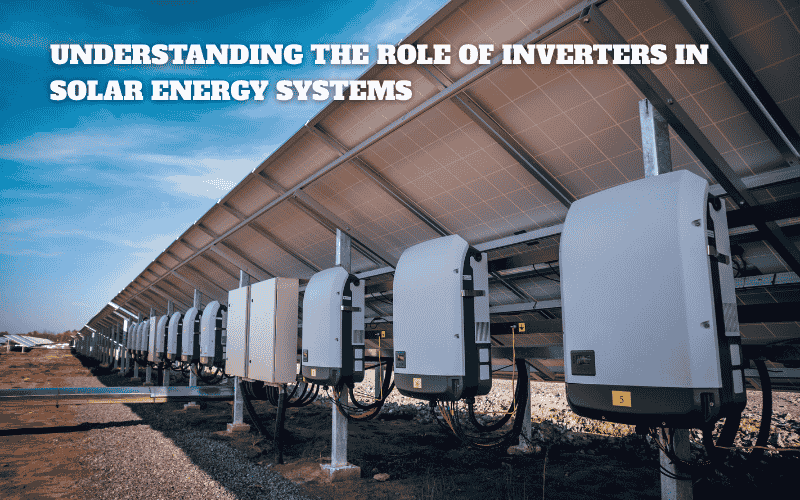- business@first-powersolar.com
- The World Centre, Sen. Gil J. Puyat Ave, Makati, Metro Manila

As solar energy becomes a cornerstone of sustainable living, one crucial component quietly doing all the heavy lifting behind the scenes is the inverter. While solar panels often get the spotlight, inverters are the real workhorses, converting raw solar energy into usable electricity. In this article, we’ll break down the essential role of inverters in solar energy systems and provide tips on how to choose the right one for your setup.
 What Does a Solar Inverter Do?
What Does a Solar Inverter Do?Solar panels generate direct current (DC) electricity when exposed to sunlight. However, most home appliances and the electrical grid operate on alternating current (AC) electricity. This is where inverters come in.
The inverter’s main job is to convert DC to AC power, making it compatible with your household devices and the utility grid. Without an inverter, your solar system would be practically unusable for everyday energy needs.
 Types of Solar Inverters
Types of Solar InvertersThere are several types of inverters, each suited for different solar system configurations:
Connect multiple solar panels in a “string.”
Cost-effective and easy to maintain.
Best for homes with consistent sunlight and minimal shading.
One microinverter per panel.
Ideal for roofs with shading or complex angles.
Improve overall system efficiency and performance monitoring.
Paired with string inverters, they condition DC before it reaches the inverter.
Help maximize output from shaded or underperforming panels.
Combine solar and battery storage management in one unit.
Great for systems with solar + battery backup solutions.
 Why Inverters Are Essential
Why Inverters Are EssentialDC to AC Conversion: They make solar-generated power usable for homes and businesses.
System Monitoring: Many modern inverters offer performance tracking and remote diagnostics.
Safety Features: Prevent back-feeding to the grid during outages (anti-islanding protection).
Efficiency Management: Help optimize the amount of energy your panels can deliver.
 How to Choose the Right Inverter
How to Choose the Right InverterWhen selecting an inverter, consider the following:
 1. System Size and Type
1. System Size and TypeChoose an inverter that matches your system’s capacity and layout. Microinverters are better for smaller, shaded systems; string inverters suit larger, open setups.
 2. Efficiency Ratings
2. Efficiency RatingsLook for high-efficiency models (typically above 95%). This ensures you lose less power during the conversion process.
 3. Smart Features
3. Smart FeaturesModern inverters come with mobile apps or portals for real-time monitoring. This can help you track energy usage and detect issues early.
 4. Safety and Compliance
4. Safety and ComplianceEnsure the inverter complies with local grid regulations and safety standards (such as anti-islanding and arc fault protection).
 5. Warranty and Support
5. Warranty and SupportOpt for inverters with at least a 10-year warranty. Consider brands with a solid support network in your region.
 Final Thoughts
Final ThoughtsWhile solar panels capture the sun’s energy, inverters are what actually make that power usable. They’re the heart of the solar system, quietly ensuring everything runs smoothly. Investing in a quality inverter not only enhances your system’s efficiency but also extends its lifespan and performance.
So whether you’re a homeowner going solar for the first time or a contractor designing a custom system—choosing the right inverter is key to getting the most out of your solar energy investment.
Empowering a sustainable future with cutting-edge solar solutions, First Power Solar Inc. is committed to delivering reliable and efficient renewable energy for businesses
Get updates on special events, news & trends